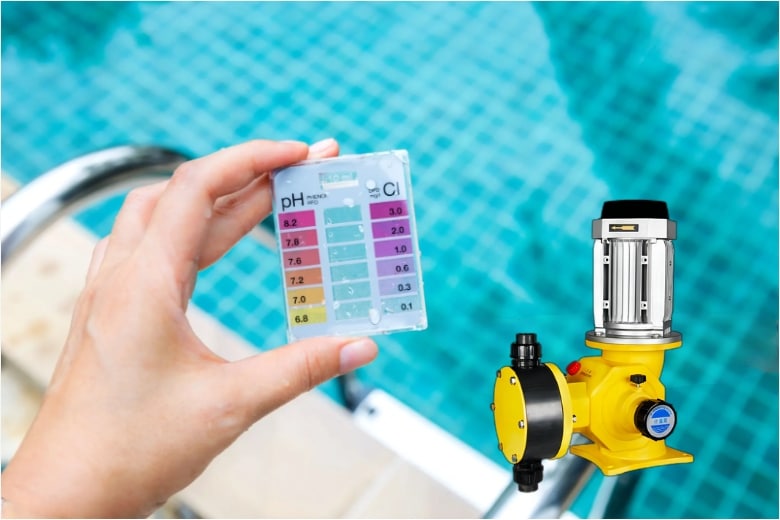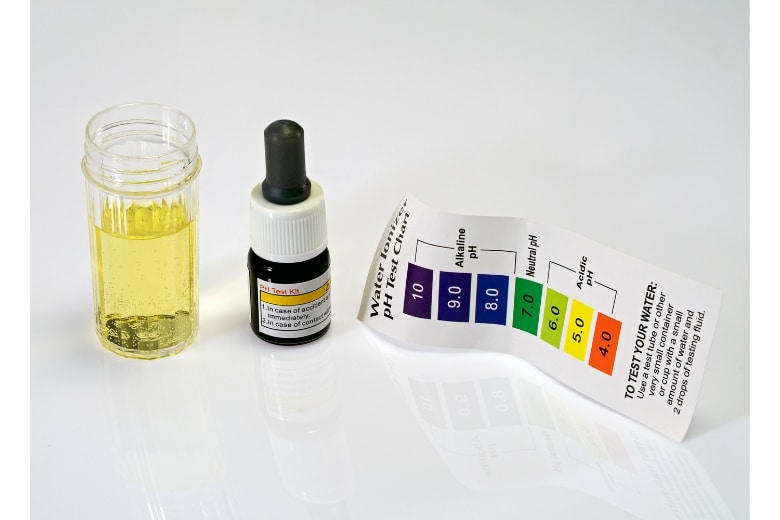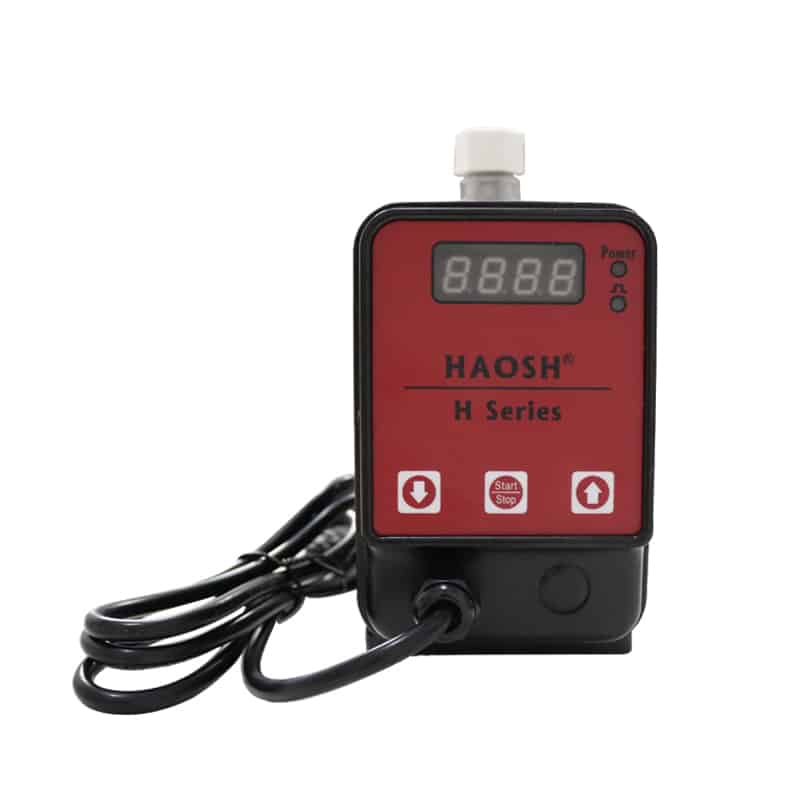Acidic Water

In industry and daily life, we often encounter the problem of acidic water. Acidic water not only adversely affects the environment, but can also jeopardize our health and quality of life. Pumps play a vital role in the treatment of acidic water.
What’s acidic water?
Acidic water may have negative environmental and biological impacts. For example, acidic water may corrode metal structures, damage the habitat of aquatic organisms, affect the fertility of soils, and adversely affect the ecosystems of water bodies.

What makes water acidic?
The reason water is acidic is usually due to the presence of acidic substances dissolved in it, which release hydrogen ions (H+), thus lowering the pH of the water. The main causes of acidic water include:
- Dissolved carbon dioxide (CO2): Carbon dioxide is a gas in the atmosphere that, when dissolved in water, reacts with the water to form carbonic acid (H2CO3), which in turn produces hydrogen ions (H+), making the water acidic.
- Dissolve sulfur oxide (SO2): Sulfur oxide usually comes from industrial emissions in the atmosphere, volcanic eruptions, and other activities, when dissolved in water, it will form sulfuric acid (H2SO4), which makes the water acidic.
- Dissolved nitrogen oxides (NOx): NOx is also a pollutant in the atmosphere, and when it dissolves in water to form nitric acid (HNO3) or nitrous acid (HNO2), it produces hydrogen ions, which cause the water to become acidic.
- Industrial wastewater discharges: Acidic chemicals used in some industrial production processes, such as sulfuric acid and hydrochloric acid, can cause water to become acidic if they are discharged directly into a body of water without treatment.
- Acid rain: Atmospheric oxides of nitrogen and sulfur combine with water vapor to form sulphuric and nitric acids, which subsequently fall to the ground and make the soil and water bodies acidic.
Pump Materials Suitable For Acidic Water
- Cast iron can be used for liquids with pH values from 5.5 to 14 (provided the chloride content is <200 ppm).
- Aluminum bronze is corrosion-resistant and ideal for pumping low-pH seawater and liquids at pH 4 and above.
- Stainless steel 316 can be used over the entire pH range from 0 to 14 (provided the chloride content is <500 ppm).
- Silicon carbide has good chemical resistance and is suitable for seawater and liquids with a pH of 0 to 14.
Pumps for Transferring Acidic Water
Diaphragm pump: Pump heads and diaphragms made of special materials, such as polypropylene or fluoroelastomer, can be used to convey acidic water.
Dosing metering pump: Special sealing structures and corrosion-resistant materials can be used to accurately convey acidic water and acidic solutions, which are widely used in chemical and pharmaceutical industries. H solenoid dosing pumps are cost-effective, overload-resistant and suitable for use with existing signal sensors.

Chemical dosing pump: Chemical dosing pump are usually suitable for conveying acidic water, but it depends on the materials used and the design. For chemical metering pumps conveying acidic water, corrosion-resistant materials such as polytetrafluoroethylene (PTFE), fluoroelastomer (FKM), or special alloys are often used to ensure the durability and performance stability of the pumps
Selection of pumps suitable for conveying acidic water, you need to consider the degree of acidity of the medium, temperature, flow requirements and the environment and other factors, and select the appropriate corrosion-resistant properties of the pump type and material.
How to maintain the pump?
Periodic Inspection:
Check the appearance of the pump, including sealing parts, connections, lubrication points, etc. for abnormalities.
Check the operating status of the pump, including whether the noise and vibration are normal.
Regularly check the oil level and condition of the pump’s oil or grease, and replace and replenish it in time.
Washing and cleaning:
Regularly clean the inside and outside of the pump to ensure that all parts of the pump are clean and to avoid the accumulation of dirt and impurities affecting the operation of the pump.
Clean the inlet and outlet of the pump to ensure that the passage is clear and prevent blockage.
Summary
When treating acidic water, it is vital to select the right pump and to control the amount of chemical Injection through precise control. It ensures safe transportation and treatment of acidic water while effectively minimizing adverse environmental impacts.
HAOSH is the world’s leading brand of fluid control equipment, specializing in the field of water treatment for 16 years, offering a wide range of such as solenoid dosing pumps, mechanical metering pumps, chemical dosing systems and equipped with agitators and accessories such as backpressure valves. Contact us to develop a professional program for you.
